Search
Search Results
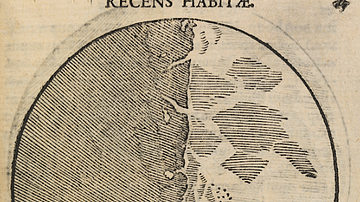
Image
Galileo's Map of the Moon
A map of the Moon's surface by Galileo (1564-1642), drawn using a telescope the astronomer had built himself. The uneven line of shadow aided Galileo in identifying the nature of the Moon's surface and the approximate size of its mountains...
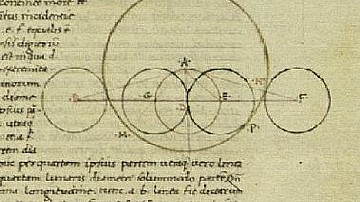
Definition
Greek Astronomy
Ancient Greek astronomy was the study of the universe to understand how it functioned and why apart from the established theistic model that claimed all things were ordered and maintained by the gods. Ancient Greek astronomers relied on observation...
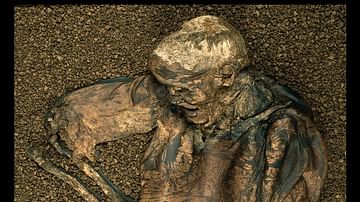
Definition
Lindow Man
The Lindow Man (officially Lindow III) is the top half of a male body, found preserved in a peat bog in Cheshire, England. The peat bogs at Lindow Moss date back to the last ice age and were formed by holes of melting ice; they are now...
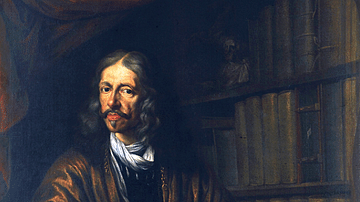
Definition
Johannes Hevelius
Johannes Hevelius (1611-1687) was a Polish astronomer based in Danzig (Gdańsk). He worked from his own privately funded observatory, creating maps of the Moon's surface, discovering the first variable star, and spotting several new comets...
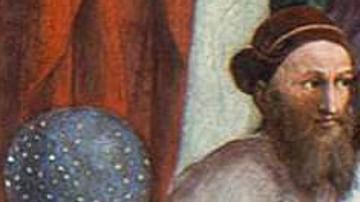
Definition
Hipparchus of Nicea
Hipparchus of Nicea (l. c. 190 - c. 120 BCE) was a Greek astronomer, geographer, and mathematician regarded as the greatest astronomer of antiquity and one of the greatest of all time. He is best known for his discovery of the precession...
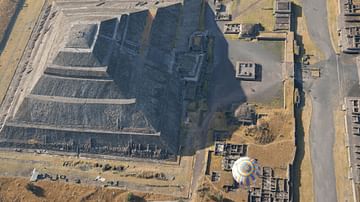
Definition
Teotihuacan
Teotihuacan, located in the Basin of Central Mexico, was the largest, most influential, and most revered city in the history of the New World. It flourished in Mesoamerica's Golden Age, the Classic Period of the first millennium CE. Dominated...
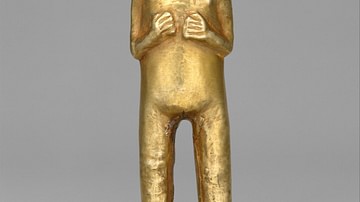
Definition
Inca Religion
For the Incas, as with many other ancient cultures, religion was inseparable from politics, history, and society in general. All facets of community life were closely connected to religious beliefs, from marriages to agriculture, government...
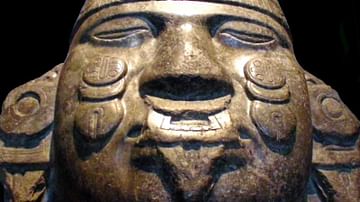
Definition
Coyolxauhqui
Coyolxauhqui (pron. Koy-ol-shauw-kee) was the Aztec goddess of the Moon or Milky Way who was famously butchered by her brother Huitzilopochtli, the god of war, in Aztec mythology. This story was commemorated in a celebrated large relief stone...
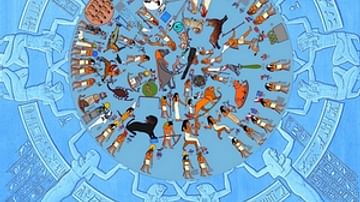
Definition
Hellenistic Astrology
Hellenistic astrology encompassed various forms of divination in Greece and the Mediterranean, all linked to the observation of astronomical phenomena. Hellenistic astrology was based on the belief that the stars and planets could either...
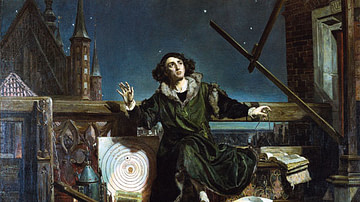
Definition
Nicolaus Copernicus
Nicolaus Copernicus (1473-1543 CE) was a Polish astronomer who famously proposed that the Earth and other planets revolved around the Sun in a heliocentric system and not, as then widely thought, in a geocentric system where the Earth is...